Prachi Valley: A Flamboyant Kalingan Cultural Topography
24 Jun 2025 22:46:17
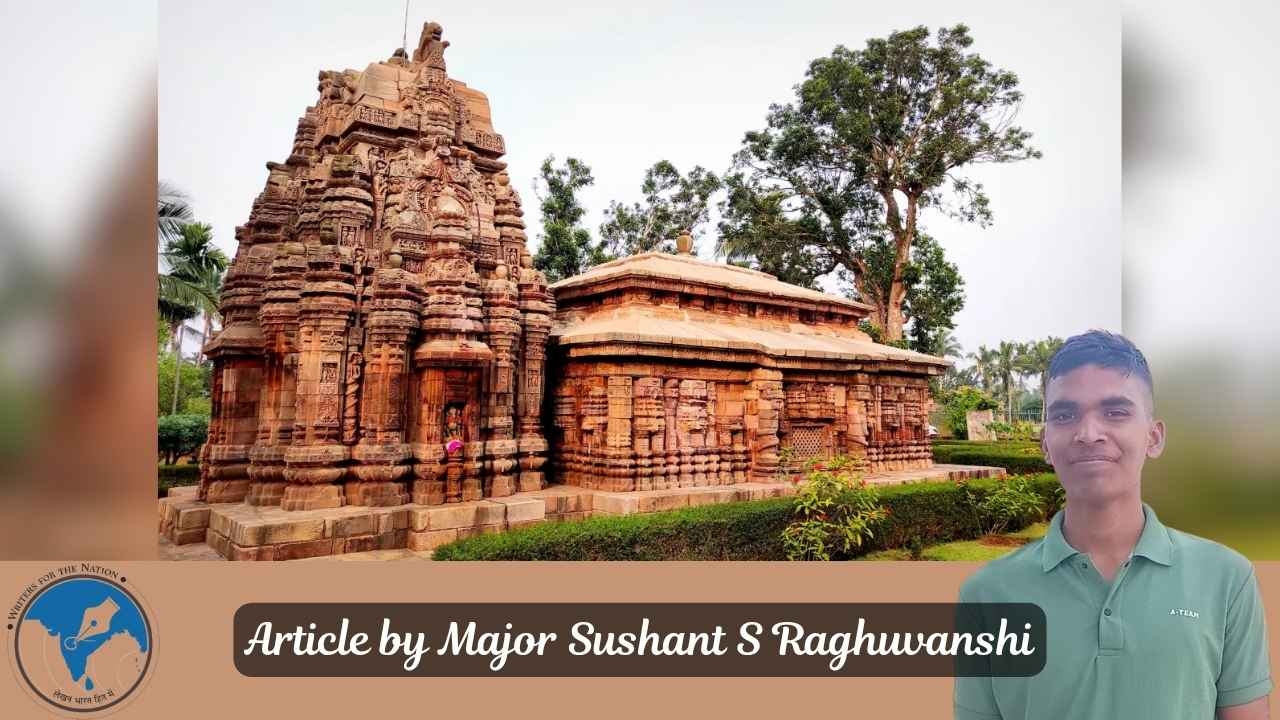
Southeast Bharat, which covers a vast, extensive area between the two mighty rivers – the Ganga and Godavari – is hemmed with thick jungle, mountainous ranges, and, at the east, the sea, forming an ideal ground which makes a unique history of its own.
This area has been known by different names since ancient times, such as Utkal, Kalinga, Trikalika, Kosala, Odra, and Orissa.
Odisha has played a significant role in the cultural ferment of the whole country, as the Hindu period was longest in this region, and the dynasties that ruled the area were all long-lived and sufficiently strong to maintain the integrity of this cultural region.
Prachi: A tributary of Mahānadī
Prachi is a small river compared to the other rivers of Odisha, but it contains hidden treasures of a magnificent past.
Originating from the river Kuakhai and covering approximately 60 km, it falls to the sea near Keutajanga village in Kakatpur.
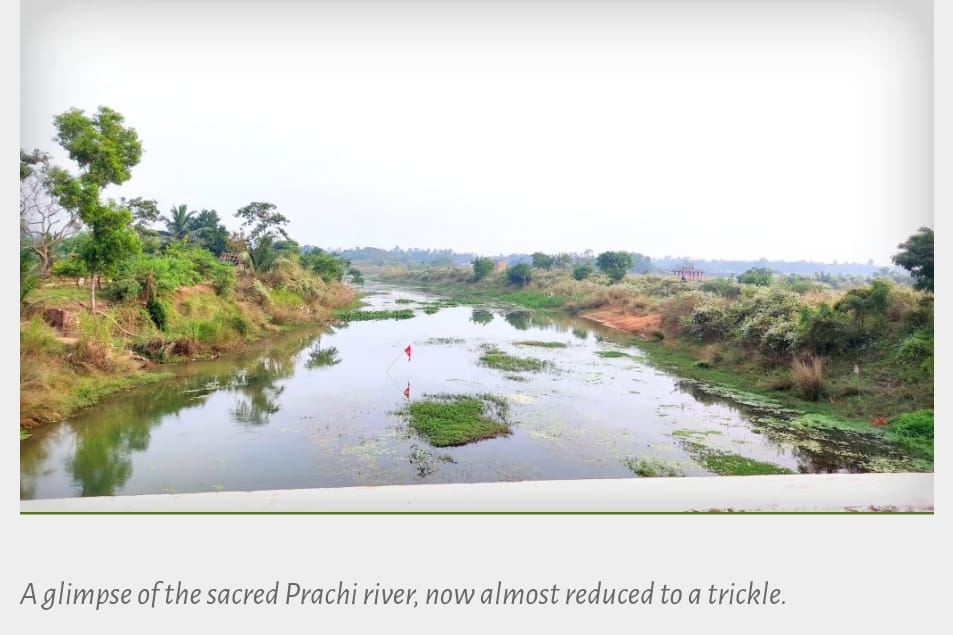
The word 'Prachi' evolves from the root 'Pracheen', meaning 'ancient', or 'Prachya', meaning 'eastern'.
The valley includes the districts of Puri, Khurda, Cuttack & Jagatsinghpur. It is the holiest river of Odisha and is called the Eastern Saraswati.
Dynasties which ruled –
The Prachi river valley came under the rules of several important dynasties of Orissa, i.e., the Shalodbhavas, the Chedis, the Murunda, the Mana, the Vigraha, the Bhaumakara, the Somavamsi, the Gangas and the Suryavamsis.
References to the river –
The Markandeya Purana, Kapilasamhita, Prachi Mahatmya, Oriya Mahabharat, Suryasamhita, Gyanakosha, Sambapurana, Hatigumpha inscription, Bramhapurana, Skandapurana, and other texts contain references to the Prachi River.
Hathigumpha Inscription
The Hathigumpha inscription at Udayagiri, Andhra Pradesh, speaks about the Prachi River.
"Ubhaya Prachi Tate Raja Nibasan,
Maha Bijaya Prasadam Karayati."
Prachi Mahatmya uses these lines, which literally mean "On both bank sides of the Prachi River, the palace of Samrat Kharabela by the name Maha Bijaya Prasad is built," maybe at Junei village under Prachi Valley, where there is still a mound noticed.
Centuries ago, the Prachi River, along with its valley, was host to a flourishing civilisation that not only prospered on trade with Southeast Asia (Bali, Indonesia, etc.) thanks to its 'sadhaba' (sailor) sons but also revelled in art & architecture of the highest order, being home to some of the most skilled artisans & sculptors.
At the same time, the region was also a melting pot for the seamless chronological prevalence of Jainism, Buddhism, Shaivism, Shaktism & Vaishnavism, leading to a syncretic religious fervour.
Some accounts date the region's earliest artefacts even before the Indus Valley Civilisation.
Yet the currently standing vestiges of the civilisation dotted along the valley afford us a peek only into the period from the 7th century AD to the 15th century AD.
Nevertheless, these bear fine witness to the cultural richness of the erstwhile Kalinga, being some of the finest representatives of the distinctive Kalingan temple architectural style.
The importance of the Valley was first reported by Govinda Rath in 1906, after he discovered a manuscript on palm leaves in Odia of the Prachi Mahatmya in a Muth near Konark.
Narayan Tripathy, after studying the Prachi Mahatmya, published a series of articles on the archaeological remains of the place from the period 1928-32, published in various vernacular and English newspapers, besides the Bihar Orissa Historical Research Journal.
It was only in 1935 that the first printed version of the Prachi Mahatmya in Odia was published by Akuli Chandra Mishra.
In 1954, Nabin Kumar Sahu and Narayan Tripathy, along with three other scholars, undertook a preliminary survey of the River Valley.
Prachi Valley has been home to various colours of Sanatanī many-hued milieu.
The entire valley uniformly depicts the different sectarian colours of the Hindu rainbow pantheon, enduring the whims of time and tide. We will here take a peep into the same.
Shaivism
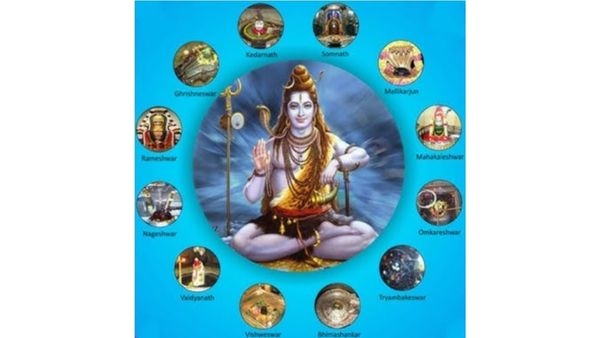
The twelve Shivas under "Dwadasa Shambhu" are all here, namely Kapileswar, Gokarneswar, Sovaneswara, Beleswar, Rameswar, Angeswara, Amareswar, Grameswar, Someswar, Siddheswar, Nryuteswar and Mukteswar.
The "Ashta-Sambhus" are more prominent and comprise Sovaneswara, Beleswar, Rameswar, Angeswara, Amareswar, Grameswar, Someswar and Siddheswar.
Prachi River Valley is replete with numerous Shiva lingas, Shaktis, lingas with Saktipithas and several other Shaiva sculptures like Panchamukha, Trimukha Shiva, Ugrarupa Shiva, Umasahita Murti and Soumyarupas of Shiva.
There is a beautiful image of Natraj or Nrityesvara Siva in situ on the front rahapaga of the vimana of the Akhandalesvara temple of Prataparudra Deva.
In the Somanath temple of Vishnupur a chlorite stone tablet is now being worshipped.
A beautiful relief work of Trimukha Shiva (Trimurti) is noticed on the inner western wall of the Vimana of the Somesvara temple of Kakatapura.
There is a beautiful Saumya Rupa Sadashiva image in the Isanesvara temple of Citra.
A beautiful image of Umamahesvara is found in the Siddhesvara temple of Mudgala.
The Ardhanarisvara image of Lord Shiva is found at Vilavesvara temple of Paidapatana, in which Shiva and his divine consort "Shakti" are fused to form one androgynous deity.
An Ekapada Bhairava having one leg with all other qualities of Bhairava is being worshipped in the Sobhanesvara temple at Niali, and the Ajaekapada Bhairava is also worshipped on the temple walls of the Gangesvari temple of Bayalisbati.
Shaktism
Shaktism too played a predominant role in the Prachi Valley. Goddess Durga, from two-armed to twelve-armed, is the most impressive goddess of the Hindu pantheon and became the nucleus of Shaktism. Worshipped both as a creator and protector and as a destroyer of evil.
The important Shakta manifestations are Durga as Mahisasuramardini, Chamunda, Sapta Matrikas, sow-goddess Barahi, serpent goddess Astika Jaratkaru, Parvati and Laskhmi.
The Mangala temple at Kakatpur, dating to the 9th century C.E., has unique iconographical features.
The different Chamunda images spread all over the Valley clearly suggest the prevalence of Tantrism during the 8th-9th century C.E.
The Barahi image at Chaurasi village, too, is one of its types.
Major ghats include Tribeni Ghat, where the confluence of the river Prachi and Manikarnika, a distributary of the Kushabhadra River, meets in the village Kantapada.
Jainism
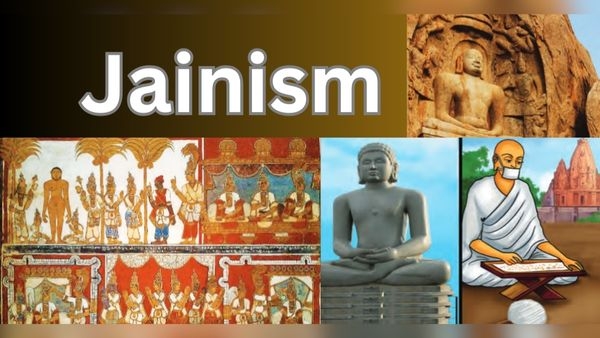
Jainism got a strong foothold in this sacred river valley during the reign of Emperor Kharabela, who had extended the Kalinga Empire from the Ganga to the Godavari.
Towards the last part of his life, Kharabela became a staunch devotee of Jainism and spent his last days as an ascetic by excavating the caves for the monks in the Khandagiri and Udayagiri hills.
Both stone & bronze images of Rishabnath, Mahavir & other tirthankars have been discovered in the Prachi region.
Buddhism

Prachi Valley also preserves a number of Buddhist sculptures. The most monumental and colossal Buddha image of this valley is preserved in a thatched house of Kuruma.
Here he is sitting in Vajrasana on a double lotus pedestal with bhumisparsamudra.
It can be placed sometime in the 9th century A.D.¹⁸ On the old brick mound of Astaranga, a black chlorite stone image of Marici is being worshipped under an asvastha tree.
It measures 14" x 18". There is an image of Chunda (spiritual daughter of Vairochana) found in the southern niche of the Ramachandi temple.
There is a standing Avalokitesvara, measuring 11" x 6", at Lataharana.
The image contains the usual Buddhist Dharini "Ye Dharmahetu", which may be assigned to the tenth century A.D.
Other Buddhist female deities are also noticed from Prachi Valley, like Vajrayogini Tara, Hariti, Kurukulla, etc.
Vaishnavism
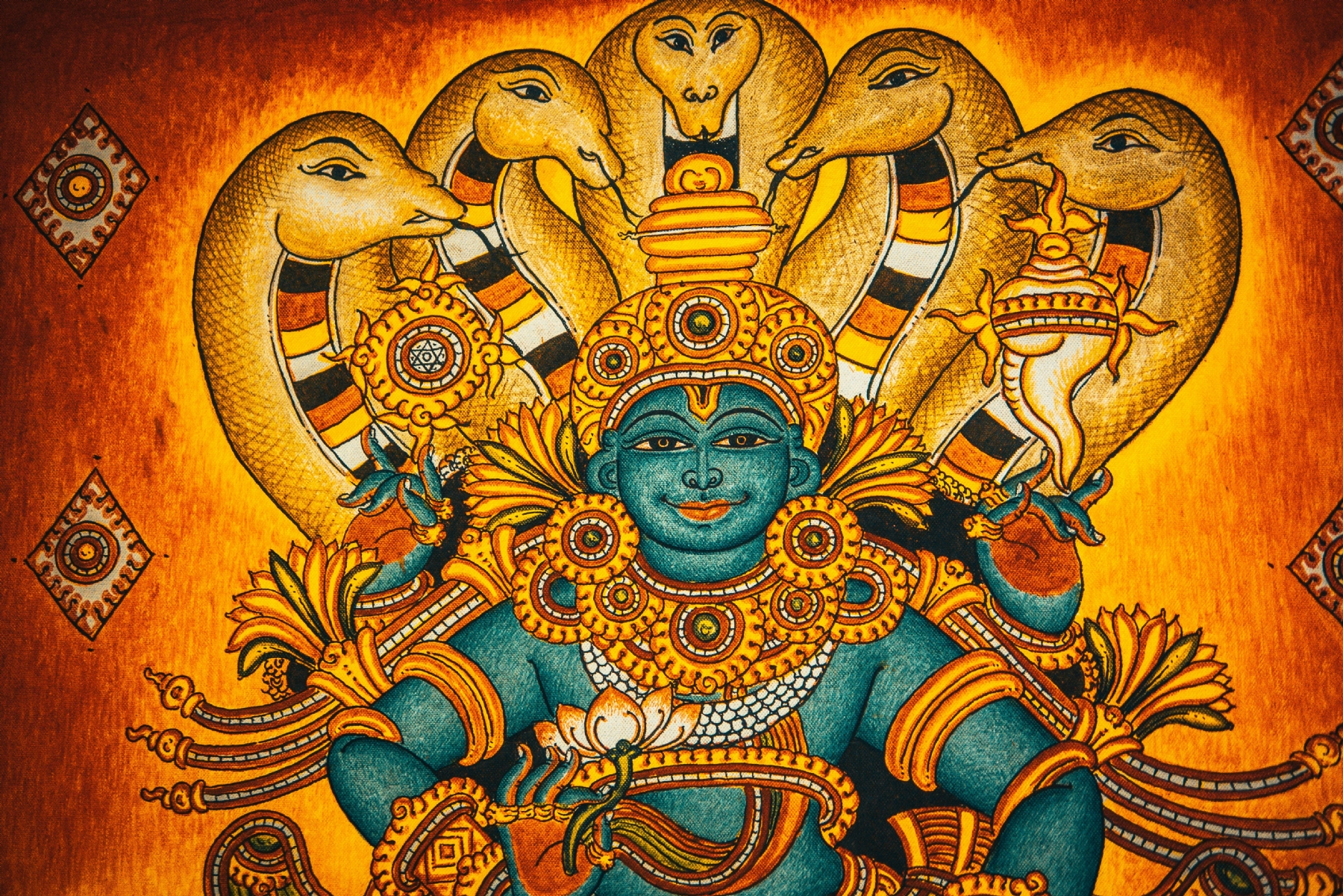
Vaishnavism was prevalent in Prachi Valley during Ashoka’s Kalinga War and also during Kharavela’s reign. With Samudragupta’s invasion of Odisha, Vaishnavism gained momentum in this land.
The Matharas of Kalinga, who rose to power in the middle of the 4th century A.D., championed the cause of Vaishnavism in Odisha.
The rulers of this dynasty assumed the title Paramabhagavata, and also, they worshipped Narayana.
During the rule of the Sailodbhavas, Madhava worship was prevalent in Odisha. Because the rulers of this dynasty bore the title Madhavaraja, God/Lord Madhava is described by Madhava Varman of this dynasty as a god having a chakra in his right hand.
From the 5th century onwards, the Madhava cult in Odisha got immense popularity and grew in glory.
Among them, the notable temples were the Nilamadhava of Kantilo, the Madhava of Niali, Dwadash Madhava near Kapileswar Temple, the Madhava image in Amareswar Temple, the Madhava image in Nilakanthapur near Kakatpur, etc.
In Viraja Mahatmya mention has been made regarding worship of twelve Madhavas, namely (1) Adimadhava (2) Ananta Madhava (3) Bhoga Madhava (4) Champaka Madhava (5) Sudarshan Madhava (6) Vasudeva Madhava (7) Gobinda Madhava (8) Rama Madhava (9) Prasanna Madhava (10) Purusottama Madhava (11) Janardana Madhava (12) Narakantak Madhava.
Although the Madhava cult gained momentum in the Prachi Valley from the beginning, it was later shifted to Viraja Kshetra.
The Hamsesvara Temple at Jajpur records the construction of Madhaveswar Temple by Madhavi Devi, the queen of Subhakaradeva-I.
Sister Valleys
Prachi Valley bears tremendous testimony of the Madhava cult & other Sanātanī sects in Odisha, like the other three river valleys – Mahanadi, Baitarani and Rushikulya.
Phases of Architecture
The early temples of Prachi Valley include Nilakantheswar temple, Sovanesvar temple, Svapnesvara temple and Varahi temple, which are the products of Bhaumakara rulers.
The second phase was marked by the temples of Siddheswara, Rameswara and Sovaneswar built during the Somavamsi rule.
The last phase is represented by the temples like Madhavananda, Bayalisabati and Visnupur, which are from the Ganga period.
The design evolved from Triratha to Saptaratha. The square temples developed into well-proportioned Rekha temples.
Current Status

Prachi today is just a small distributary of the Mahanadi. The source of this ancient river can be traced to Daka-amba near Naraj barrage.
It flowed through the coastal region of the undivided Puri district before it emptied in the Bay of Bengal by way of two bifurcations, one at Keutajanga at Astaranga and the other near Konark.
The present source of the river is Bakreswar Temple near Bhinjarpur, the stretch of 58 km which falls into the sea at Astaranga.
Even the present-day Kanjia Lake in Nandan Kanan was an ancient backwater of the Prachi.
Recently, in 2018, the Archaeological Survey of Bharat (ASI) had carried out excavations at Bharatihuda & Jalalpur near Niali and unearthed valuable evidence of a civilisation that was 3,500 years old, which, if established, would be far older than the Indus Valley Civilisation.
Article by
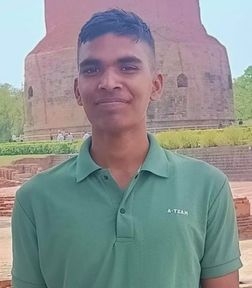
Sushant S Raghuvanshi
Columnist – Writers For The Nation
Kushbhawanpur, Uttar Pradesh